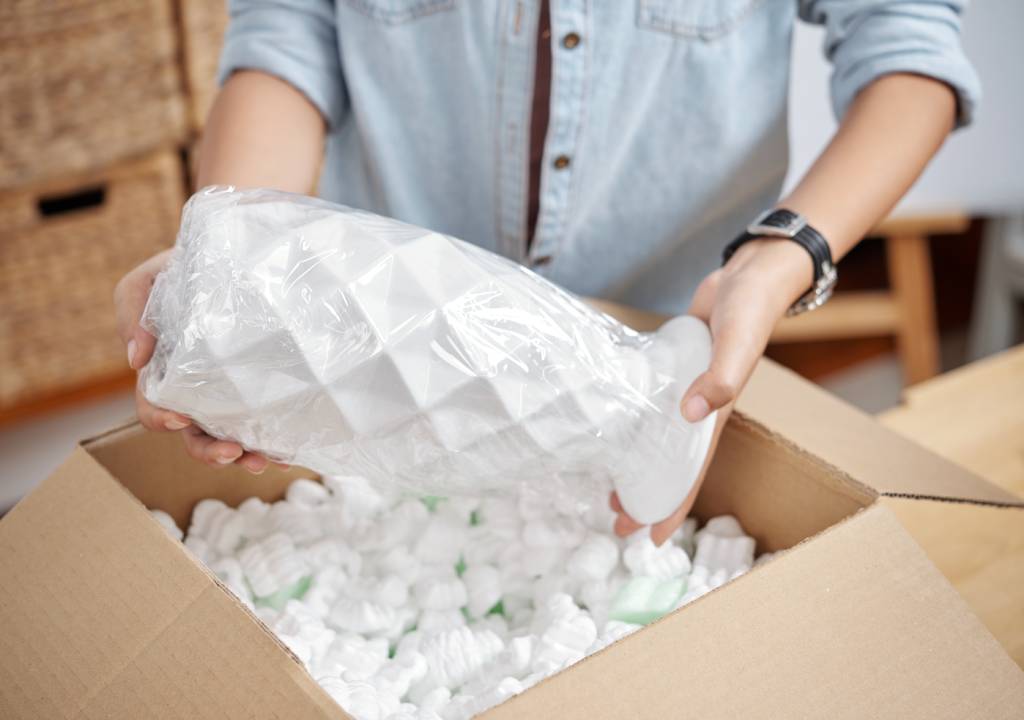
Blog
10 Packaging Tips for Shipment

-
Use a New Box
When shipping valuable or fragile items, it’s best not to take chances with damaged packaging—opt for a new box instead.
-
Choose a Sturdy Box
Your best bet for protection is a box with double walls (or more).
-
Use Original Packing Materials
When shipping certain items, for example, electronics, try to keep them in their original packaging. This packaging was created specifically for these products so they provide superior protection.
-
Disassemble Items Before Packing
Have an awkwardly-shaped item that can easily be disassembled and reassembled? Take it apart and individually wrap the components to protect them from damage during transit rather than trying to wrap and package the item as a whole unit.
-
Wrap Items Individually
When shipping multiple items within one box, especially if they’re fragile, you should wrap each item in bubble wrap or foam padding with at least an inch of thickness around each item. This will help prevent them from hitting each other with enough force to cause damage.
-
Cushion Items from Interior Walls
Generally, you don’t want your items to touch the inner walls of the package. Again, use padding to protect the items and fill in the gaps. Since this doesn’t require wrapping, you may choose to use other types of packing materials such as styrofoam peanuts, kraft paper, inflated air bags, etc. This also creates extra padding to protect your products when heavier items are placed on top of the box in transit.
Pro Tip: Give your box a good shake after packing it. Unless you’ve packed LEGO bricks, you shouldn’t hear much movement. If you do, add more cushioning. -
Do Not Overpack
By the same token, don’t overpack your box. Your items need to fit comfortably in the box with cushioning. Overpacking can push items to the inner walls, making them more susceptible to damage while also compromising the box.
-
Prevent Moisture Damage
Concerned about water damage? Wrap your item in a plastic bag. For goods that could be damaged by humidity in a container, such as food, pharmaceuticals, or clothing, be sure to include a moisture-absorbing product, like silica gel packets (also known as desiccants)
-
Use Strong Shipping Tape
It’s tempting to use scotch tape, duct tape, or any other kind of tape you have laying around the house. Don’t do it! These tapes are typically not strong enough or can interfere with the carriers’ scanning equipment.
If all you need is a basic closure for your box, clear shipping tape should suffice; otherwise, go for a heavy-duty brown tape that is strong enough to cover seams and hold flaps down. Strapping tape, which has thin lines of twine inside of it, is an excellent choice when banding the same size boxes together.
Pro Tip: Use the “H-tape” method when sealing your box. This requires a strip of tape over the seams on both sides of the box and down the middle. Make sure the flaps meet and no gaps exist between themselves. -
Don’t Use a Paper Overwrap
Once upon a time, people would wrap a manufacturer’s box in brown paper, write an address on it, and take it to the post office. While that’s certainly whimsical in this day and age, today nearly all shipping stores use thermal labels for postage and shipping.
If the wrap happens to rip off, say on a conveyor belt, no one will know the package’s point of origin or destination, and it will generally be abandoned. That’s why, regardless of whether you use a paper overwrap, you should still always place a duplicate copy of the shipping label inside the package.
